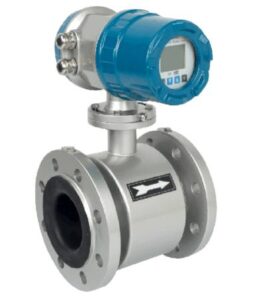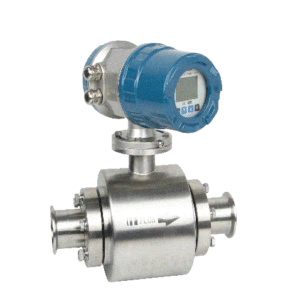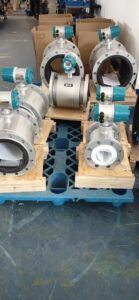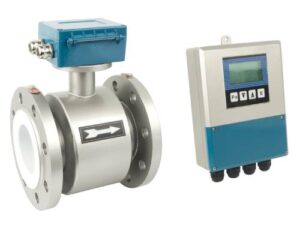Electromagnetic Flow Meters are gadgets used to detect the flow of water. Like every other device, the electromagnetic flow meter has its pros and cons, as the article reflects.
Advantages of Electromagnetic Flow Meter
The following are the pros of the Electromagnetic Flow Meter
- Simple sensory structure: The electromagnetic Flow Meter consumes low amounts of energy. The meter has no moving fragments in the measuring tube. Also, it has no adjusting parts that obstruct the flow of the fluids flowing through it. Furthermore, no pressure is lost when fluid flow through the device.
- Accuracy: The electromagnetic Flow Meter device measures the suspended liquid-solid two-phase flow, sloping medium, and corrosive medium flows—the accuracy of these measurements attribute to the absence of obstructive flow components inside the measuring tubes. The flowing fluids get in contact with only the lining of the measuring tube and the electrode.
- Volumetric nature: The device is a volumetric measuring device. During the measurement process, the device is not affected by the measured medium’s density, viscosity, and temperature within a specific electrical conductivity range. Once calibrated by water, the gadget determines other conductive liquids’ flow rates.
Other advantages include:
- Ability to measure the reverse flow of liquids flowing through it
- Suitable for solid hydraulic transport
- Provides a wide linear range
- The measuring range setting has enhancements
Disadvantages of Electromagnetic Flow Meter
- Not suitable for measuring many fluids: The electromagnetic Flow Meter is designed to measure the liquid flow of a conductive medium. The device cannot be used to measure the flow of non-conductive media such as water and gas.
- Complicated commissioning and installation: The commissioning and installation of the Electromagnetic Flow Meter are more complex than other flow meters. Requirements for its installation are more rigorous. The converter and transmitter of the device must be used together and cannot be used in different instruments. The commissioning and installation must be done in strict accordance with the product’s specifications. During installation, one must ensure that the gadget is free from strong magnetic fields and vibrations. The piping and transmitter are in good contact and well-grounded during installation.
- Affected by dirt: when the electromagnetic glow meter is used to measure viscous liquids with dirt, the sticky sediments and substances stick to the inner linings or the tube’s electrode, causing a change in the output potential of the transmitter leading to an error in measurement.
- Changes in inner diameter size: The wear or scaling of the water supply pipe alters the size of the inner thickness, which affects the original flow value, and causes measurement errors. For instance, if the 100mm diameter meter’s inner diameter is altered by 1mm, it results in a 2% additional error.
- Not suitable for measuring fluids with high temperatures: The lining of the electromagnetic flow of the meter is affected by high temperatures that can result in changes in the diameter and flow of the fluids leading to an alternation in measurements.
Other disadvantages include
- Not suitable for measuring liquids with low velocity




